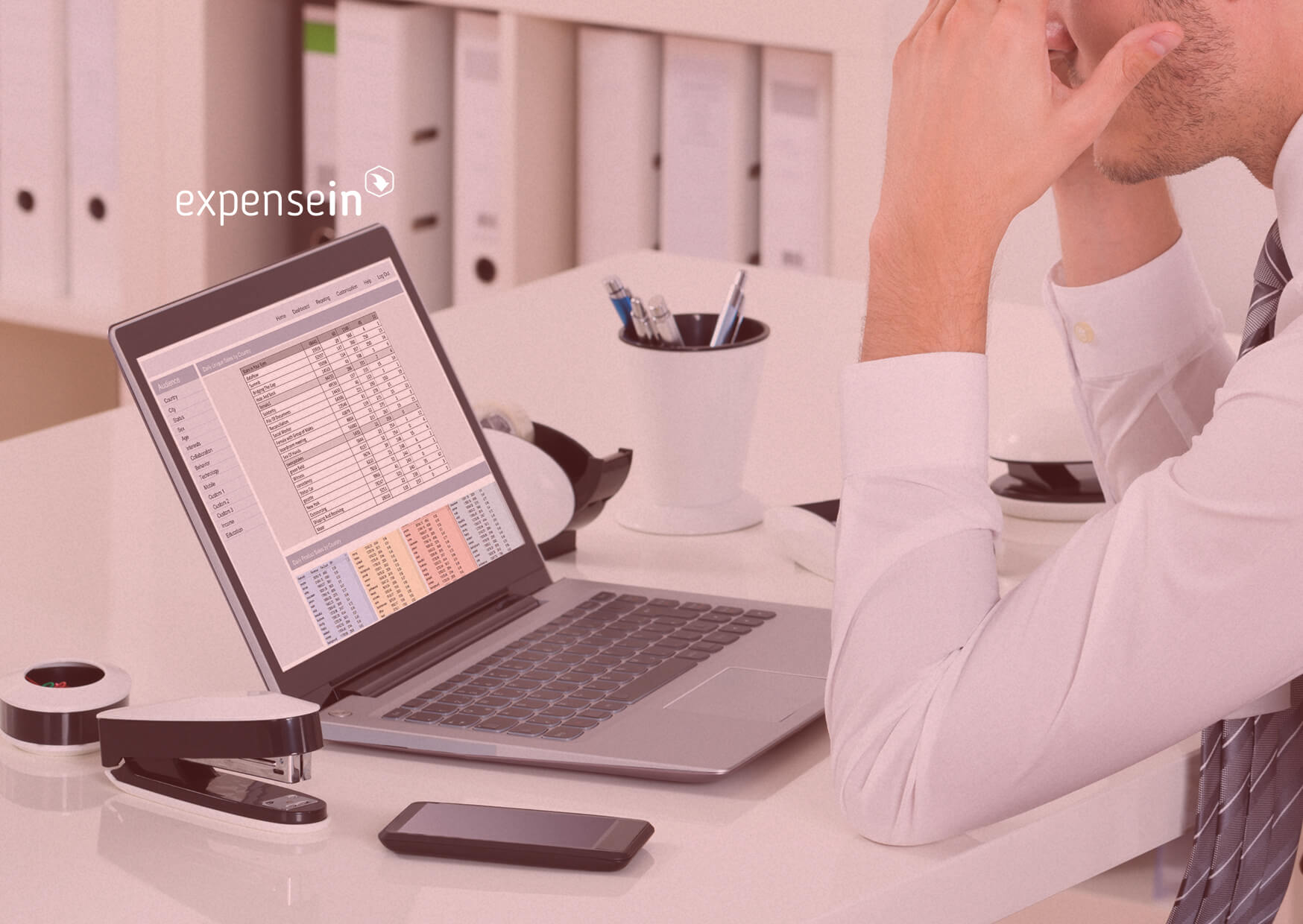–This article was last updated on 5 October 2021-
Receipt scanning has very much been at the forefront of the new shift towards expense management systems. It has been instrumental in transforming long-winded manual data entry into an effortless automated solution for many businesses.
 Image: ©SimonKadula via canva.com
Image: ©SimonKadula via canva.com
For expense management systems like ExpenseIn, receipt scanning has enabled us to give our customers both fast and accurate receipt extraction. The extracted information such as the merchant, amount and VAT get pre-populated into the expense claim itself. This drastically eliminates the need for manual data entry, minimising both potential errors and reducing the time associated with this process.
Our receipt scanning process has two stages; the first stage in the process employs Optical Character Recognition (OCR). This technology works by transforming scanned images into text. The algorithm then extracts the relevant information from the text and we are able to populate this data within our system. One of the biggest benefits associated with employing OCR technology is the speed at which the information is processed. We wanted to design a receipt scanning system that extracted the information quickly and efficiently, therefore allowing our customers to create expenses in a matter of minutes.
The second aspect of our receipt-scanning feature is accuracy. Whilst OCR technology has come on leaps and bounds, there are still some limitations with this method. Unfortunately, receipts do not always conform to certain exacting standards. One of the main limitations of OCR technology is that it struggles to process documents that lack contrast between the characters and the background. As such, images of lower quality, faded, creased or dirty may not always produce consistently high accuracy levels.
That is why the second stage of our receipt scanning process is incorporating human-assisted checking. Our eagle-eyed team are experts in logo detection, currency recognition and even deciphering the worst handwriting that taxi receipts have to offer! We wanted to ensure that our customers could upload any type of receipt to the system and would always get the correct results every time.
Unlike computers, our human-assisted checking employs common sense. When it comes to tips on restaurant bills for example we know to add this to the total amount. We even understand the difference between Tesco club points and the sum of the amount. For a computer, these are merely codes but for our perceptive team, the receipt information is always in context.
At ExpenseIn we also understand the privacy requirements of our customers and that is why our smart scanning solution only presents the digital receipt to our team. This means there is never any account or user information on display, apart from what is on the receipt of course.
That is why for us, the art of receipt scanning is providing our customers with data that they can trust and rely upon. Employing both OCR technology and human-assisted verification we can provide fast and accurate results that make expense creation effortless.




